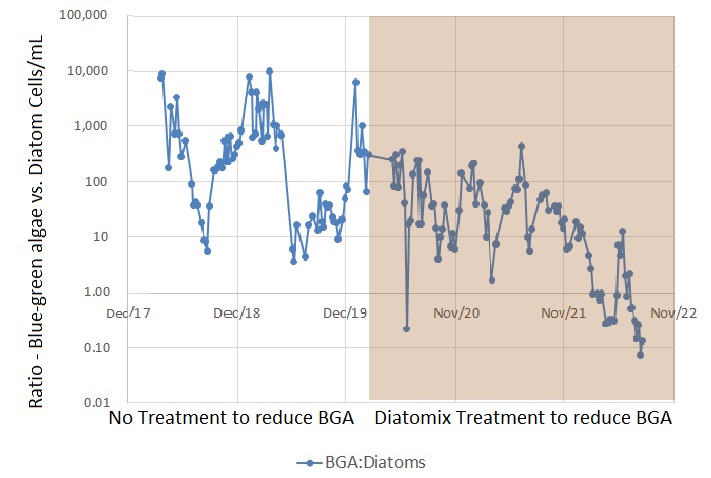Cyanobacteria, also known as blue-green algae, display fascinating survival tactics, akin to humans’ diverse life choices. A ground-breaking study conducted by Griffith University’s Australian Rivers Institute has unravelled the intriguing world of cyanobacteria, focusing on their adept utilization of phosphorus storage to thrive.
Adaptive Qualities of Cyanobacteria
As one of Earth’s most prevalent organisms, cyanobacteria have a rich evolutionary history spanning over 3.5 billion years. Their remarkable ability to withstand harsh conditions, including intense ultraviolet light, desiccation, hyper-salinity, and extreme temperatures, attests to their robustness and adaptability.
Nutrient Dependence of Cyanobacteria
Traditionally, nitrogen and phosphorus are known as the primary nutrients fuelling cyanobacteria growth. However, the recent study reveals a compelling finding—under nutrient-stressed conditions, cyanobacteria exhibit the versatility to adapt their nutrient strategies, demonstrating a remarkable adaptive response to changing environmental conditions.

Super Clever Nutrient Regulation
At the heart of the research lies an in-depth investigation of cyanobacteria’s nutrient management. By studying two cyanobacterial species, Raphidiopsis raciborskii and Chrysosporum ovalisporum, under varying nitrogen and phosphorus levels, the researchers made a fascinating discovery. Some species quickly absorbed available nutrients, leading to rapid growth, while others adopted a more strategic approach, storing nutrients and growing at a slower pace. This intriguing bet-hedging strategy enables cyanobacteria to either outcompete competitors through rapid growth or gradually replace other species that have exhausted their nutrient supply.
Implications for Harmful Algal Blooms and Climate Resilience
The research has far-reaching implications, particularly in managing harmful algal blooms prevalent in water bodies worldwide. Algal blooms can pose serious environmental and health risks due to toxin production, oxygen depletion, fish kills, all of which reduce biodiversity and have negative impacts on both aquatic life and animals and humans living nearby.
Diatomix™: Enhancing Diatom Algae Growth for Nutrient Control
As we delve deeper into cyanobacteria’s survival strategies, we can explore innovative solutions for managing harmful algal blooms: Using Diatomix™ from AlgaEnviro to promote the growth of the naturally occurring diatom algae, a beneficial alternative to cyanobacteria.
Diatoms, a foundation of the aquatic food chain, have a unique advantage in nutrient control. By enhancing diatom algae growth, we can shift nutrients away from the cycle of boom-and-bust growth commonly associated with cyanobacterial blooms. As diatoms are grazed by higher trophic levels in the food web, the nutrients they accumulate then move up the food chain and eventually leave the waterbody through various pathways.
The Beauty of Nutrient Export
As fish and insects are predated by birds, and insect larvae hatch and fly away from the water, nutrients are exported from the waterbody. This natural process of nutrient export breaks the harmful cycle of nutrient buildup associated with cyanobacterial blooms.
Embracing Diatomix as a tool to encourage diatom algae growth not only fosters a healthier aquatic ecosystem but also offers a sustainable approach to nutrient management. By working with nature’s balance and promoting the growth of beneficial diatoms, we can pave the way towards cleaner and more resilient waterbodies.
What Can We Do?
In conclusion, understanding cyanobacteria’s intricate survival strategies provides valuable insights into environmental management and climate change adaptation. By leveraging Diatomix to enhance diatom algae growth, we can effectively reduce nutrient levels and promote a more stable and balanced ecosystem. Let’s continue to explore science-driven solutions and embrace nature’s wisdom in our quest for a sustainable future.
